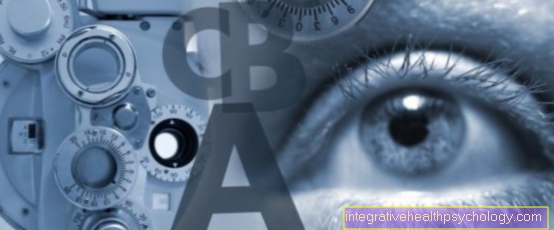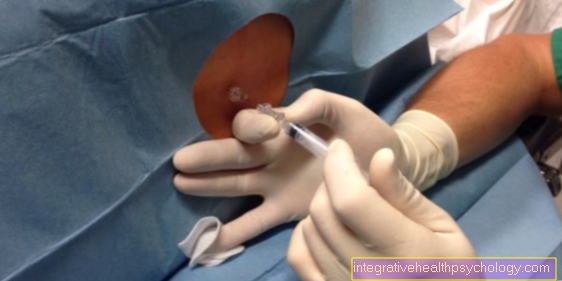Treatment of cataracts
Cataract treatment

When should cataracts be operated on:
It is advisable to have an operation if the initially only slight clouding of the lens intensifies and the eyesight (determined in the course of an eye test) deteriorates significantly.
Cataract surgery is then the only treatment option and, if cataract is the only eye disease present, usually leads to good results. The procedure under local anesthesia is only a minor burden for the patient and is usually painless.
Today, the cataract operation is one of the most common operations and around 600,000 of these operations are performed on the lens of the eye in Germany every year.
Course of treatment
The cloudy lens is surgically removed from the eye and usually replaced by an "intraocular lens" made of plastic.
The operating ophthalmologist will carry out a thorough preliminary examination, then the refractive index for the new (artificial) lens will be calculated using ultrasound.
The power of this lens is adjusted so that the patient can see better near or far after the operation without glasses. However, an exact prediction of the refraction conditions after the operation is impossible.
First of all, only one side is operated on, even with cataracts on both sides. The doctor responsible will determine when the operation on the second eye should follow.
Since the operation is usually carried out under local anesthesia, the patient may - after consultation with the surgeon - eat light food on the same day.
Because the eye is anesthetized locally, the patient notices very little, if at all, of the operation. However, by injecting the anesthetic next to or near the eye, the mobility of the eye, the eyelids and the image transmission can be temporarily restricted.
What will happen during the treatment?
The lens of the eye, which lies directly behind the pupil, consists of several parts. The nucleus in the middle of the lens hardens in the course of life and carries the softer cortex around it.
Overall, the lens is enclosed by the lens capsule, which is covered with so-called zonular fibers (elastic fibers) is attached to the eye's radiation body behind the iris. Nowadays, cataract surgery no longer involves removing the entire cloudy lens, but rather leaving the posterior and lateral lens chambers in the eye if possible.
The most common type of operation is phacoemulsification, in which the lens capsule is opened in the form of a disk at the front through an incision only a few millimeters in size through a surgical microscope.
Then the harder lens nucleus is liquefied with ultrasound and sucked off together with the soft cortex of the lens. The lens capsule emptied in this way is then filled with a small folded soft artificial lens (so-called folding lens) via the small incision.
Alternatively, the previously small incision is enlarged and the lens is unfolded and pushed into the lens capsule.
After the operation, an ointment bandage is applied and the patient is allowed to get up immediately and eat light food.
Depending on the time and course of the treatment, the bandage is changed in the afternoon or waited until the next morning.
A complete healing of the procedure can only be expected 4-6 weeks after the treatment, even if most patients already have a significantly better view immediately after the operation than before.
For this reason, an adjustment of a visual aid (glasses or similar) only makes sense from this point on, because before that the eyesight would still be subject to excessive fluctuations.
Related topics
More information on cataracts:
- subject of cataracts
- Lens Opacity, Cataracts - You Should Know That!
- Cataracts: symptoms
- Cataracts: causes
- Cataracts: surgery
Further information that may be of interest to you:
- Green Star
- Ophthalmology
- eye
A list of all the topics related to ophthalmology that we have already published can be found at:
- Ophthalmology A-Z





























